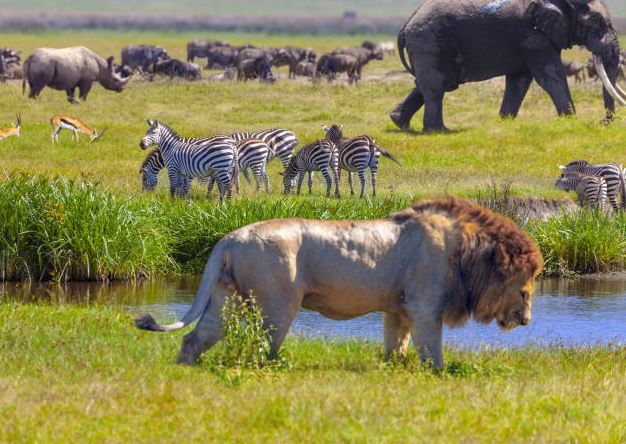
Un-ratified cross-border laws, high human populations, land use conflict, over-exploitation of resources, unsustainable recreational activities, deforestation and illegal trade are threatening protected areas, species and ecosystems in Kenya, Eastern and Southern Africa, according to a new report.
The report, released last week and titled State of Protected and Conserved Areas in Eastern and Southern Africa, says the coronavirus pandemic has compounded the challenges in conservation and has resulted in the shutdown of the tourism industry and a decrease in conservation-related funding for the protected areas whose main revenue is tourism-based.